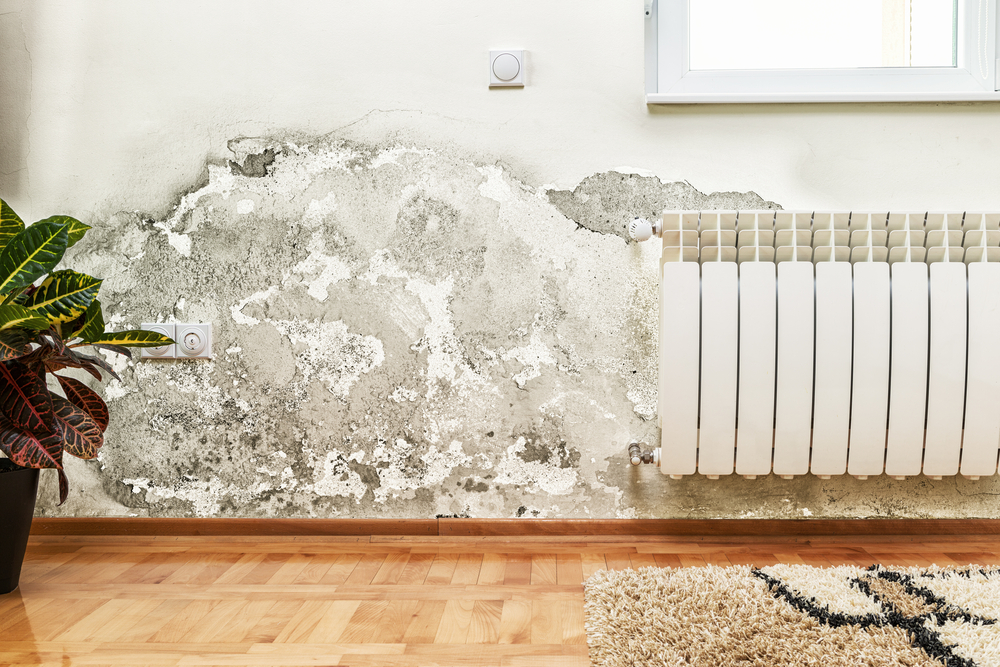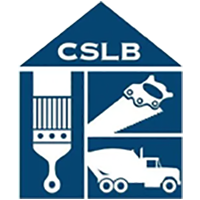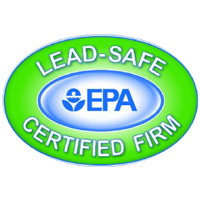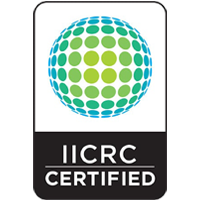
Water damage can strike San Diego and Oceanside homes unexpectedly—from broken pipes and overflowing appliances to flash flooding after a coastal storm. But not all water damage is the same. Understanding the different classes of water damage (Class 1 through Class 4) can help homeowners better assess the severity of the situation, respond appropriately, and work with professionals to restore their property safely and thoroughly.
At Musick Restoration, we’ve helped countless homeowners throughout San Diego County understand and recover from all types of water damage. In this blog, we’ll break down what each water damage class means, what causes them, and how they impact the restoration process.
What Are Water Damage Classes?
The Institute of Inspection Cleaning and Restoration Certification (IICRC) classifies water damage based on the amount of water, rate of evaporation, and the materials affected. The classes (1–4) reflect how much moisture is present and how deeply it has saturated your property’s structure or contents.
These classes are different from categories of water (Category 1–3), which refer to water cleanliness (clean, gray, black). Instead, classes focus on how extensive and difficult the drying process will be.
Class 1: Minimal Water Intrusion
Class 1 is the least severe type of water damage.
Characteristics:
- Water affects only a small part of a room or area.
- Materials such as hardwoods, plywood, or concrete have low permeability, meaning water doesn’t soak in easily.
- Minimal moisture is absorbed, and the evaporation rate is slow.
Common Causes:
- A small leak from a faucet or pipe.
- A minor appliance overflow caught quickly (e.g., a dishwasher or sink).
- Minimal water spillage that doesn’t seep into walls or floors.
Restoration Process:
Class 1 damage typically requires basic drying and dehumidifying. Restoration is faster and less invasive, often completed within a few days with professional-grade air movers and dehumidifiers.
Class 2: Significant Absorption
Class 2 water damage involves a larger area and greater absorption into materials.
Characteristics:
- Water has affected walls, floors, and structural materials.
- Moisture reaches at least 12 inches up the wall.
- Carpets, cushions, and drywall may absorb water.
Restoration Process:
This class requires a more aggressive drying strategy, often including the removal of baseboards, drywall cuts, and specialty drying equipment. The risk of mold increases if drying isn’t started within 24–48 hours.
Class 3: Ceiling to Floor Saturation
Class 3 is one of the most severe levels of water damage, where water has affected nearly the entire area.
Characteristics:
- Water saturates floors, walls, insulation, ceilings, and subflooring.
- Fast evaporation materials like carpet and drywall are heavily impacted.
- Moisture wicks up walls quickly and may affect electrical systems.
Common Causes:
- Burst pipes from second-floor bathrooms.
- Flooding due to heavy rain intrusion or roof failure.
- Sprinkler system malfunctions inside homes or commercial buildings.
Restoration Process:
Extensive drying, demolition, and reconstruction are often required. Specialized techniques like injectidry systems, wall cavity drying, or thermal imaging may be used to locate hidden moisture.
Class 4: Deep Saturation into Hard-to-Dry Materials
Class 4 water damage is considered a specialty drying situation. It involves materials with low porosity or deep pockets of trapped moisture.
Characteristics:
- Water is absorbed into very dense or complex materials like hardwood, stone, concrete, or insulation inside walls.
- Drying takes longer and may require controlled environmental conditions.
Common Causes:
- Long-term water intrusion in basements or crawlspaces.
- Natural disasters or undetected plumbing leaks in Oceanside or coastal homes.
- Flooding affecting slab foundations or structural concrete.
Restoration Process:
Specialized equipment such as desiccant dehumidifiers, heat drying systems, or negative pressure setups may be necessary. Technicians must monitor moisture levels over time, and repairs may involve replacing structural elements.
Why It Matters to Understand These Classes
Knowing which class of water damage has affected your home helps determine:
- How long restoration will take
- What kind of equipment is needed
- How much the damage might cost to repair
- What level of insurance coverage might apply
Quick action is always critical, but understanding the scope helps homeowners make informed decisions and set realistic expectations.
How We Can Help
At Musick Restoration, we serve both Oceanside and San Diego homeowners with compassion, speed, and expertise. Whether you’re facing a Class 1 incident or a Class 4 emergency, our IICRC-certified team is equipped with the latest tools and the right knowledge to fully restore your home.
We don’t just remove water—we treat your property like it’s our own, ensuring every inch is dried, cleaned, and protected from mold and future damage. We’ll also help you work with your insurance company and guide you through the entire process.






